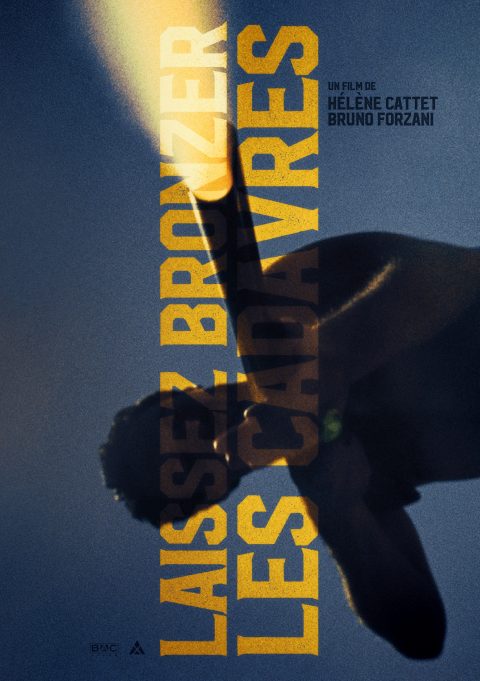
In those days I was met with blank stares, or, if I was lucky, the answer that such an idea was a commercial nonstarter, and imported crime fiction in general a hopeless cause in the U.S. It was an idea, sadly, whose time had not yet come, and it died the death.
Laissez bronzer les cadavres trainslation series#
Around 2000, considering how little French crime fiction was being translated into English, I tried to interest publishers in the idea of a series highlighting the new writing that had been going on in the genre in France. In contrast, Manchette’s translation into English has been a slow process. Just recently, marking the twenty-fifth anniversary of his untimely death from cancer in 1995, the publication of a sturdy volume of his correspondence has unleashed a storm of new attention to his achievement. Today Jean-Patrick Manchette is widely thought by the French not only to have transformed (and radicalized) the crime novel but also to have considerably blurred the dividing line between genre and properly “literary” fiction. Writing in 1970 meant taking a new social reality into account, but it also meant acknowledging that the polar-form was finished because its time was finished: re-employing an obsolete form implies employing it referentially, honoring it by criticizing it, exaggerating it, distorting it from top to bottom. What do you do when you re-do something at a distance-distant because the moment of that something is long gone? The American-style polar had its day. “…to re-do the great Americans is to do something different from them….

Here is Manchette on his not uncomplicated relationship with the pre-WWII masters of pulp fiction: The novel, from 1973, is one of just two in Manchette’s 1970s cycle to feature a series detective, namely Eugène Tarpon, a former policeman, now a private eye, haunted by guilt for having killed a demonstrator throwing stones this was the closest Manchette came to mimicking the style and formula of the American hard-boiled subgenre, though it remained his main point of reference-and of reverence, for he was always in some way “in conversation” with it. An excerpt was published by CrimeReads on August 24. The most recent of these novels to appear in English, in August 2020, is No Room at the Morgue, translated by Alyson Waters (New York Review Books). Fantagraphics have published English-language comic versions of several of them. Afterword by Gary Indiana.Įight feature-length movies have been made from these books, not all of them very memorable-which is odd in view of Manchette’s close involvement with the French moviemaking milieu. by James Brook: The Prone Gunman (San Francisco: City Lights, 2002).ġ996: La Princesse du Sang.

Afterword by Jean Echenoz.ġ980: La Position du Tireur Couché. But maybe some audiences could have found this tasteless. It could have been told in a raw way, without all those artifices.
Laissez bronzer les cadavres trainslation movie#
This movie is like a pasta dish, with or without red pepper. The armored truck heist sequence is also a tribute, but to Jean Pierre Melville's masterpiece THE SECOND BREATHE, in the heist attack scene, on the lost sea side mountain road. This movie seems most of the time boring. I won't even mention the Ennion Morricone like score. But I am aware that this feature is a big tribute to the sixties ear and the spaghetti western in particular. Most of the scenes are unexplained, absolutely senseless, you wonder where the screenplay drives at. Back to this film, it is faithful to the book BUT the aesthetic aspect is too much hysterical, totally crazy. This book from 1971 was a turn in the French crime novels history it was one of the last French crime novels where it was question of gangsters, bank robbers and so on, which was a topic usually spoken about since the fifties and Auguste Le Breton, José Giovanni and so on.After this novel it was the beginning of the post May 68 era and the rise of the "subversive" crime novels, inspired by extreme left winged ideas and topics, stories highly against the establishment and political power. At least if you consider the narrative ark, the basic scheme. That said, this film is faithful to the novel written back in 1971.

First, let me tell you that I highly liked the Jean Patrick Manchette's novel which this film is based on, and written and - or - produced by Doug headline - Manchette's son.


 0 kommentar(er)
0 kommentar(er)
